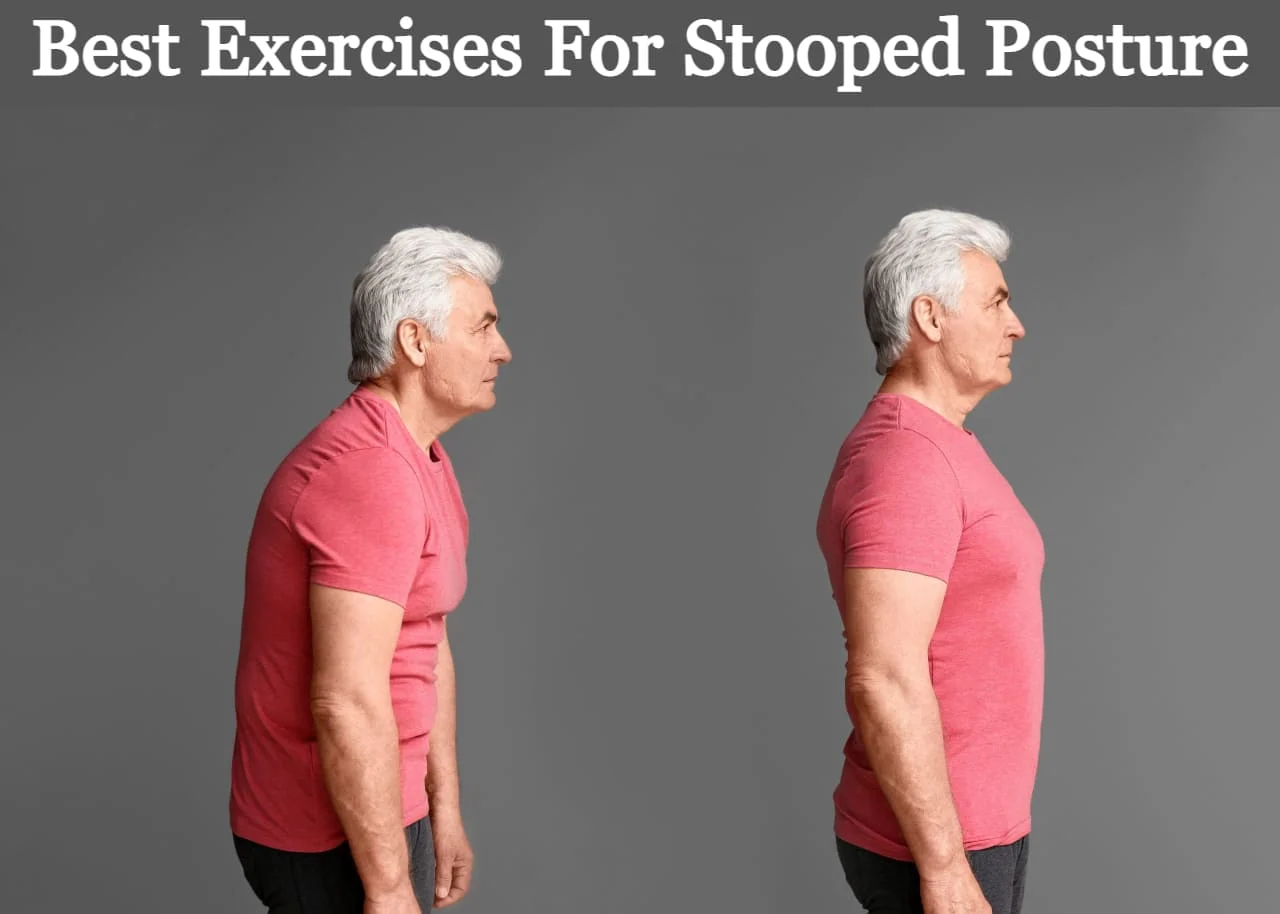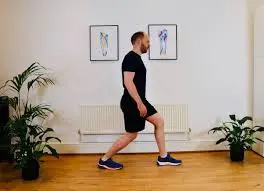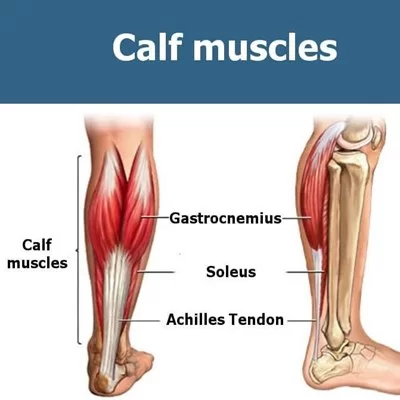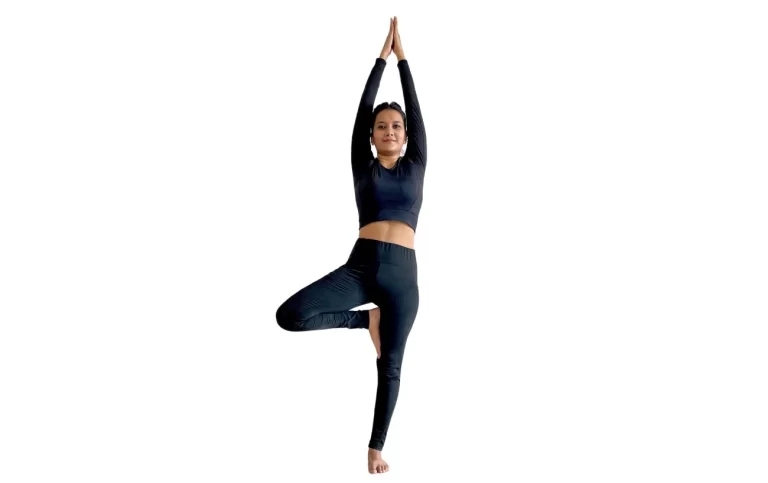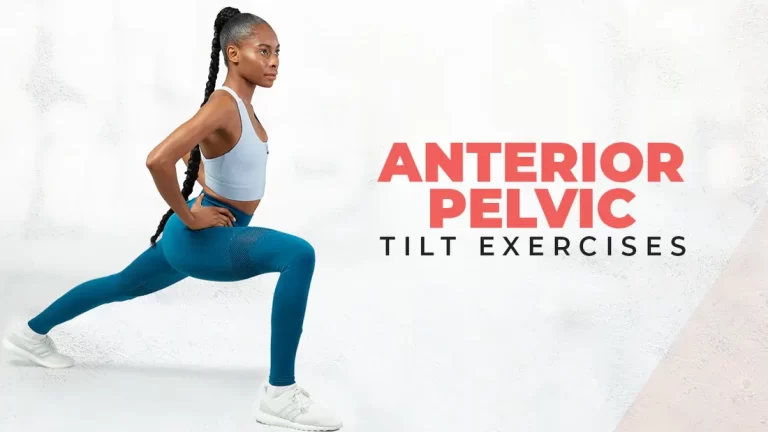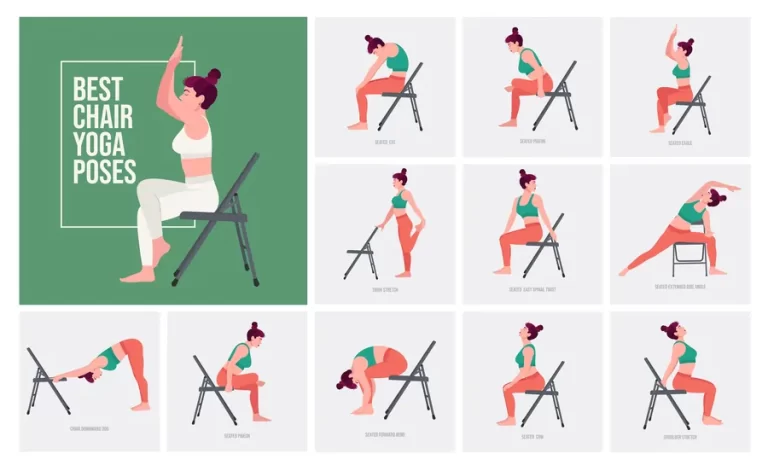Best Exercises For Stooped Posture
What is a Stooped Posture?
A stooped posture is an abnormal forward bending of the upper back, commonly referred to as kyphosis or hyperkyphosis. This posture can make it more difficult to move about and keep your equilibrium, which raises the possibility of fractures and falls. In addition, respiratory problems, chronic neck, shoulder, and back pain, and a general decline in quality of life may result from it.
Stretches, exercises, and lifestyle modifications that improve posture can help lessen symptoms and prevent the condition from worsening.
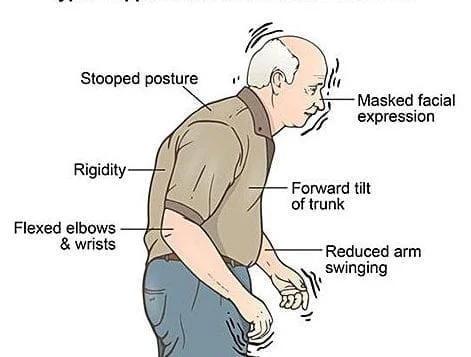
Importance of Exercises For Stooped Posture
The importance of keeping proper posture for general health and well-being increases with age. But a lot of old people might end up hunched over because of things like weakening muscles, inflexible joints, and decreased range of motion. This may impair their look, cause pain, and raise their chance of falling.
Exercise is very important for seniors to maintain their fitness and health. Seniors who keep their posture in check may be able to prevent developing a stooped posture, avoid developing mobility issues, and stay active and independent.
Unfortunately, many seniors tend to stoop as they become older and lead stressful lives. Thankfully, there are a number of exercises that may correct this posture and increase general mobility.
Seven effective posture-improving exercises for seniors are explained in this article.
Exercises to Improve a Stooped Posture
Exercises that combine flexibility, strength, and coordination can help older adults with their posture.
These seven effective exercises have been designed to assist seniors with their stooped posture:
- Shoulder Blade Squeeze:
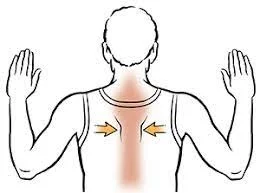
With your back straight, either sit or stand.
Your shoulder blades should be gently squeezed together.
Maintain the same stance for five to ten seconds.
then relax.
Do this ten to fifteen times.
- Chest Stretch:
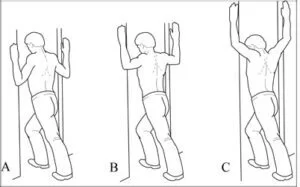
Keep your arms by your sides and take a doorway position.
On the door frame, your hands should be a little over shoulder height.
Proceed until your chest experiences a slight strain.
After holding for 15 to 30 seconds, let go.
Do this two or three times.
- Chin Tuck:
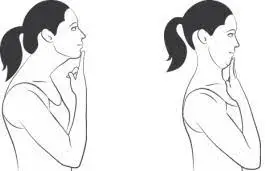
With your shoulders relaxed and your back erect, assume a sitting or standing position.
Maintaining your head level
Tuck your chin gently toward your chest.
Maintain the same stance for five to ten seconds.
then relax.
Do this ten to fifteen times.
- Thoracic Extension:
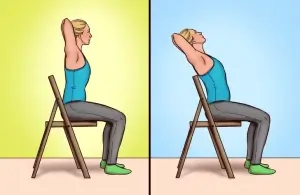
With your back straight and your feet flat on the ground, take a sitting position in a chair.
Keep your elbows out to the sides and your hands behind your head.
Open your chest by slowly arching your upper back backward.
Hold for five to ten seconds, then release and return to the beginning position.
Do this ten to fifteen times.
- Cat-Cow Stretch:
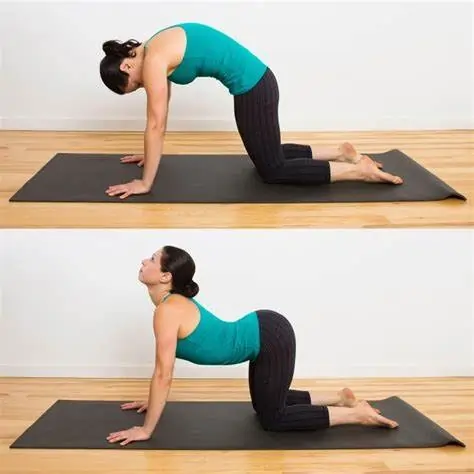
To do this exercise, place your knees under your hips and your wrists under your shoulders.
Take a breath and arch your back, bringing your head and tailbone up toward the ceiling while lowering your belly toward the floor (cow posture).
Breathe out as you turn your back
bringing your belly button in toward your spine
tucking your chin into your chest (cat stance).
For five to ten repetitions, keep switching between the cow and cat positions.
- Wall Angels:
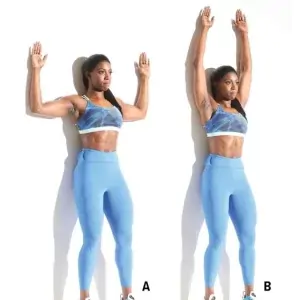
Place your arms at your sides, feet hip-width apart, and your back against a wall.
Raise your arms slowly to shoulder height, then bend your elbows so that your forearms are facing upward and your upper arms are parallel to the floor.
Press your hands and arms against the wall and move them up and down in a controlled manner to ensure that you stay in consistent touch with it.
As you raise and lower your arms, try to maintain touch with the wall with your shoulders, elbows, and wrists.
Focus on maintaining appropriate posture and activating the shoulders and upper back muscles as you perform ten to fifteen repetitions.
- Seated Row with Resistance Band:
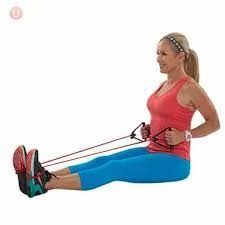
With your back and knees straight, take a long seat in a soft mat.
At waist height, fasten one end of a resistance band around your ankle.
With your arms out in front of you, grasp the opposite end of the resistance band in each hand.
Squeeze your shoulder blades together as you bring your hands to your sides and gently draw the resistance band toward your body while maintaining your elbows close to your sides.
After the movement is complete, stop for a short while before returning to the starting position carefully.
Ten to fifteen repetitions of controlled movements with the shoulders and upper back engaged should be your goal.
Physical Therapy for Stooped Posture
Physical therapy has a critical role in correcting stooped posture in older adults.
When doing these exercises, elderly folks need to take extreme caution; they should start off slowly and raise the intensity gradually as their bodies allow. Before beginning any new workout program, it is essential to see a physical therapist or other healthcare provider, especially for those who have pre-existing health conditions or concerns.
Regular mobility breaks and maintaining proper posture while doing daily duties are other strategies that can help improve posture and overall spine health.
Postural Correction Exercises:
Physical therapists advise specific exercises meant to strengthen the muscles that support proper posture and increase the flexibility of tight muscles. These exercises, which address muscle imbalances and promote better shoulder and spine position, might involve targeted motions such as shoulder blade squeezes, chin tucks, and thoracic extensions.
Manual Therapy Techniques:
Physical therapists often use manual therapies to address muscle tightness, limited movement patterns, and joint stiffness. These therapies include joint mobilization, soft tissue mobilization, and myofascial release. These techniques help with spine and surrounding structural position, pain alleviation, and improved range of motion.
Functional Training:
Physical therapists incorporate functional exercises and activities into treatment regimens to assist with everyday duties and motions. Using proper body mechanics when sitting, standing, walking, lifting, and reaching can help create healthy postural habits and reduce the pressure on the spine.
Education and Postural Awareness:
Patients get instruction and guidance on ergonomic concepts, ideal body mechanics, and lifestyle modifications from the physical therapist in order to promote long-term postural improvement. This might include tactics for maintaining good posture in a range of situations and activities, as well as advice on how to make ergonomic adjustments at work or at home.
Home Exercise Program:
Patients are often offered a home exercise regimen consisting of recommended stretches and exercises to assist sustained improvement between therapy sessions and to complement in-clinic treatment.
Conclusion
A stooped posture may be the result of age-related changes in the muscles, joints, and spine. Exercise is an excellent way to help straighten up a slumped posture, and there are several postures designed specifically to help with posture that are appropriate for elderly adults.
Receiving physical therapy care can also be a useful strategy for improved posture because physical therapists employ a variety of techniques to assist with posture. When physical therapy and exercise are combined, seniors can maintain their independence and mobility while also improving their posture.
FAQs
What differentiates stooped posture from slouched posture?
Slouching is a non-erect gait akin to the messy, thoughtless gait of a weary person or a hesitant teenager. A hunched individual evokes the image of an elderly person whose back is bent and they are unable to straighten.
Is bending forward normal?
It is crucial to make an effort to keep an upright posture since hunching over might have further detrimental effects: When the natural curvature of the spine is misaligned, neck and back pain may result. Your capacity to breathe deeply is diminished when you are hunched over, which affects your ability to talk loudly and effectively.
What is meant by stooped?
definitions of hunched over. adjective. being rounded in the shoulders and back rather than upright. synonyms include bent, crooked, round-shouldered, round-backed, and stooping unerectly. not standing or sitting straight.
How can a hunched posture be corrected?
The muscles in the upper back, chest, and core need to be strengthened and stretched in order to correct bad posture. Scapula squeezes, which include pressing your shoulder blades together for 30 seconds at a time, and rows, which involve pulling back your elbows with a resistance band like you’re rowing, are two exercises that strengthen your shoulders.
Why does stooped posture occur?
Numerous reasons might be responsible for stooped posture. The most popular ones are as follows: Insufficient Exercise and Customary Slumbering: A sedentary lifestyle can aggravate bad posture by causing muscular imbalances and weak core muscles.
What do you name a stooping position?
Hyperkyphosis is a forward-leaning, hunched-over posture that becomes increasingly frequent as one ages. Roughly 20 to 40 percent of adults over 60 and 55 percent of adults over 70 are unable to sit up straight. Hyperkyphosis can result in respiratory and digestion problems, as well as headaches, neck and back pain, and other symptoms.
References
- Physiotherapist, N. P. (2024b, March 16). 7 Best Exercises For Stooped Posture – Mobile Physio. Mobile Physiotherapy Clinic. https://mobilephysiotherapyclinic.in/exercises-for-stooped-posture/

